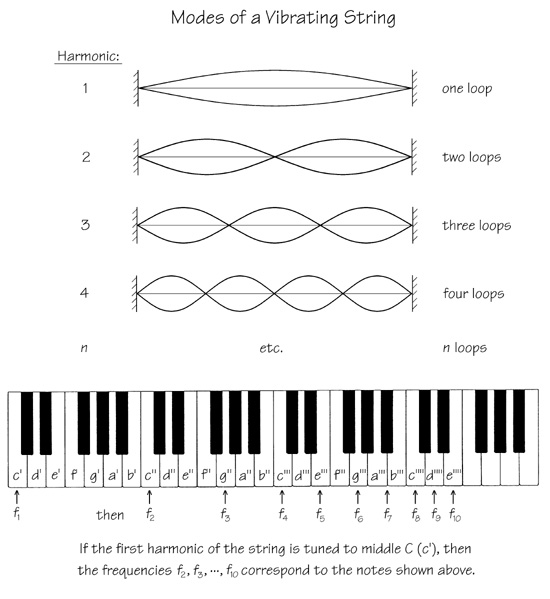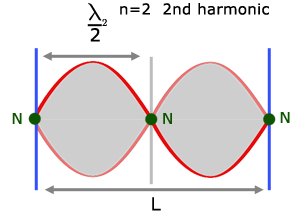

It is due to the timbre that we can distinguish one instrument from another, for example, a piano played at C3 sounds different to a guitar plucked at C3. The first harmonic would be an octave higher, so a total range of less than this. The timbre describes those characteristics of sound which allow the ear to distinguish sounds that have the same fundamental pitch. The most simple forward flight inflow models are first harmonic models. It is the presence of harmonics and overtones within a soundwave that helps to produce the sounds unique sound. Sum of first n terms 1/a + 1/(a + d) + 1/(a + 2d) + +1/ a + (n 1) × d Note:- Here we can also say n refers to infinity. Two tones produced by different instruments might have the same fundamental frequency and thus the same pitch e.g a C note, but sound very different because of the presence of different amounts of harmonics and overtones. For an HP, the Sum of the harmonic sequence can be easily calculated if the first term and the total terms are known. Overtones are frequencies of a waveform that are higher than, but not directly related to, the fundamental frequency. For example, if the fundamental frequency is 50 Hz (also known as the first harmonic) then the second harmonic will be 100 Hz (50 * 2 = 100 Hz), the third harmonic will be 150 Hz (50 * 3 = 150 Hz), and so on. Harmonics are integer multiples of the fundamental frequency. Harmonics have a lower amplitude than the fundamental frequency. Harmonics can be difficult to perceive distinctly as single components, nevertheless, they are there. The higher frequency harmonics that sound above the fundamental make up the harmonic spectrum of the sound.
#First harmonic series
HarmonicsĪ harmonic is one of an ascending series of sonic components that sound above the audible fundamental frequency. if the fundamental frequency is f, the harmonics have frequencies 2f, 3f, 4f. Lets go to Wikipedia (It must be true) 'A harmonic of a wave is a component frequency of the signal that is an integer multiple of the fundamental frequency, i.e. It is the addition of harmonics and overtones to a wave that makes it possible to distinguish between different sounds and instruments the timbre. The first harmonic is 2x the fundamental. Virtually all musical sounds have waves that are infinitely more complex than a sine wave. The fundamental frequency provides the sound with its strongest audible pitch reference - it is the predominant frequency in any complex waveform.Ī sine wave is the simplest of all waveforms and contains only a single fundamental frequency and no harmonics, overtones or partials. The lowest frequency of any vibrating object is called the fundamental frequency.

Musical sounds consist of a fundamental frequency, harmonics, and overtones.


 0 kommentar(er)
0 kommentar(er)
